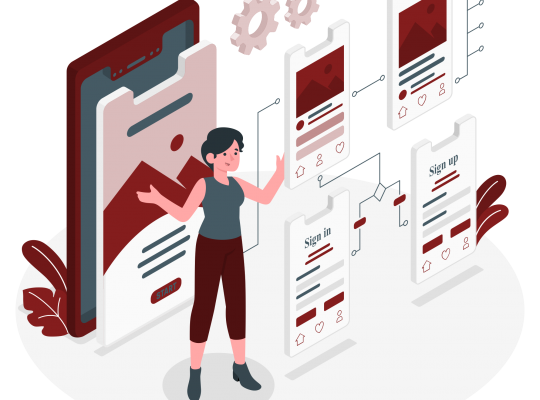Inclusive learning design is an essential element of education in today’s diverse world. It involves creating learning environments that are accessible and welcoming to all students, regardless of their background, abilities, or needs. By designing for inclusion, educators can ensure that all students have the opportunity to succeed and thrive in their educational pursuits.
There are several key principles of inclusive learning design that educators should consider when creating inclusive learning environments.
First, it is important to use universal design principles. These principles involve designing for the needs of the widest possible range of users, including those with disabilities, in order to create environments that are accessible to all. For example, using large print materials and providing audio descriptions for visual materials can make learning materials more accessible for students with vision impairments. Providing multiple ways to access and interact with content, such as through audio, video, and text, can also make learning materials more accessible for students with different learning styles.
Another key aspect of inclusive learning design is the use of inclusive language. This involves using language that is respectful, welcoming, and inclusive of all students, regardless of their background or identity. This might include using gender-neutral terms or avoiding language that is stereotypical or biased. Using inclusive language can help to create a welcoming and inclusive learning environment for all students.
In addition to universal design principles and inclusive language, it is important to provide a range of options for accessing content. This might include providing materials in different formats (such as print, audio, or digital), offering flexible learning options (such as online courses or self-paced learning), and providing accommodations for students with disabilities (such as extra time for exams or assistive technology). By providing multiple ways for students to access and interact with content, educators can ensure that all students have the opportunity to learn in a way that best meets their needs and preferences.
Inclusive learning design also involves incorporating diverse perspectives and experiences into the learning materials and activities. This can help to create a more inclusive and welcoming environment for all students, as well as enriching the learning experience for everyone. For example, incorporating readings, discussions, and activities that reflect the diverse experiences and perspectives of students can help to create a more inclusive learning environment. Educators can also consider using diverse teaching methods, such as collaborative learning, to engage all students and promote inclusivity.
Finally, it is important to provide support for students with disabilities and other special needs. This might include providing accommodations (such as extra time for exams or assistive technology), offering individualized support (such as one-on-one tutoring), and connecting students with appropriate resources and support services. By providing this type of support, educators can ensure that all students have the opportunity to succeed and thrive in their educational pursuits.
In conclusion, inclusive learning design is a critical element of education in today’s diverse world. By using universal design principles, providing multiple ways to access and interact with content, using inclusive language, incorporating diverse perspectives, and providing support for students with disabilities, educators can create learning environments that are accessible, welcoming, and inclusive for all students. This can help to ensure that all students have the opportunity to succeed and thrive in their educational pursuits.



